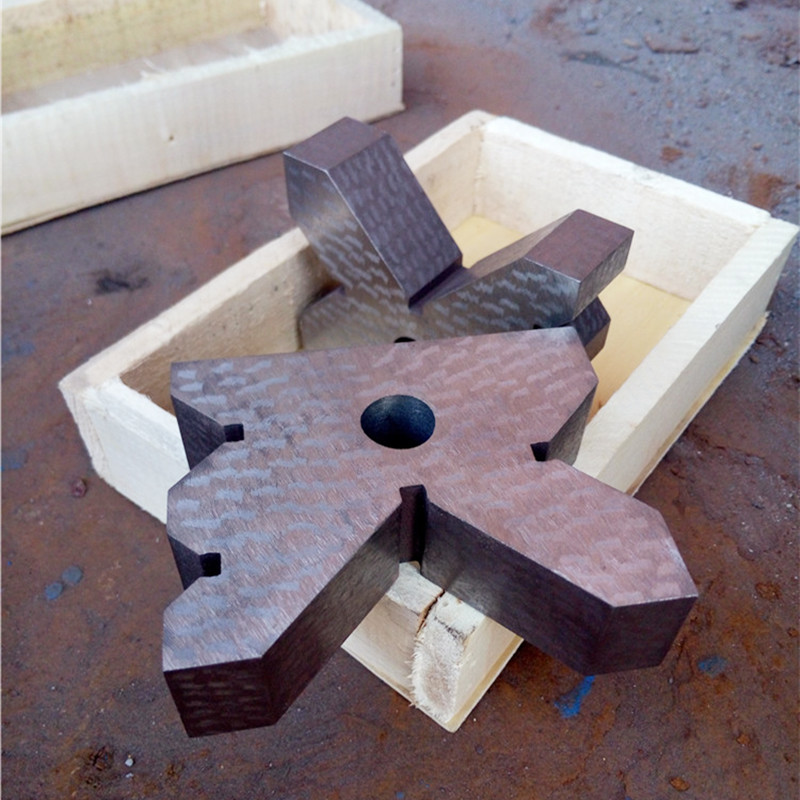Dec . 23, 2024 12:06 Back to list
Y Type Strainer Valve for Efficient Fluid Filtration and Flow Control
Understanding Y-Type Strainer Valves Importance and Applications
In various industrial and commercial applications, the efficiency and performance of systems depend heavily on the quality of their components. One such crucial component is the strainer valve, specifically the Y-type strainer valve. These valves play a vital role in protecting equipment from debris and contaminants, thus ensuring smooth operations in fluid handling systems.
What is a Y-Type Strainer Valve?
A Y-type strainer valve is a type of filtering device designed to remove unwanted particles from fluids (liquids or gases) in a pipeline. The design of the strainer valve resembles the letter “Y,” which allows for easy maintenance and cleaning. The structure consists of a chamber with a straining element, typically a mesh screen or perforated plate, that captures debris while allowing the fluid to flow through.
Key Features and Benefits
1. Effective Filtration The primary function of the Y-type strainer valve is to filter out solid particles from the fluid stream. This is crucial in preventing clogs and malfunctions in downstream equipment such as pumps, compressors, and heat exchangers.
2. Easy Maintenance One of the main advantages of the Y-type design is its accessibility for maintenance. The strainer can be easily removed from the pipeline for cleaning or replacement, usually without needing to dismantle the entire system. This feature significantly reduces downtime and maintenance costs.
3. Versatile Applications Y-type strainers are used across various industries, including oil and gas, water treatment, chemicals, and food processing. They can be employed in both high-pressure and low-pressure systems, making them a versatile choice for fluid management.
4. Durability Constructed from robust materials such as stainless steel, cast iron, and plastic, Y-type strainer valves are designed to withstand harsh operating conditions. Their durability ensures long service life, which is particularly important in industrial settings where reliability is crucial.
Installation and Operation
y type strainer valve

Installing a Y-type strainer valve is straightforward. It should be positioned in the pipeline where fluid enters equipment that requires protection from debris. Typically, the Y-type strainer is installed in a horizontal position, but it can also be installed vertically, depending on the specific requirements of the system.
During operation, as fluid flows through the strainer, particles are trapped by the mesh or perforated plate, allowing clean fluid to pass. It is essential to monitor the pressure differential across the strainer, as an increase may indicate that the strainer is getting clogged and needs cleaning.
Choosing the Right Y-Type Strainer Valve
When selecting a Y-type strainer valve, several factors should be considered
1. Material Compatibility Ensure that the material of the strainer valve is compatible with the fluid being processed to prevent corrosion or degradation.
2. Screen Size Choose a mesh screen size appropriate for the application. A finer screen will trap smaller particles but may require more frequent cleaning.
3. Pressure Rating Verify the pressure rating of the strainer valve to ensure it can withstand the operational conditions of the pipeline.
4. Size and Flow Rate Select a strainer valve that matches the pipeline diameter and the expected flow rate to maintain efficiency in operation.
Conclusion
Y-type strainer valves are essential components in maintaining the integrity and efficiency of fluid systems. Their ability to filter debris, ease of maintenance, and versatility make them a preferred choice in numerous industries. Understanding their features and proper selection can significantly enhance system performance and prolong the lifespan of critical equipment, ultimately contributing to reduced operational costs and improved productivity. As industries continue to prioritize efficiency and reliability, the role of Y-type strainer valves will remain vital in ensuring smooth operations.
-
Why Metric Trapezoidal Thread is Ideal for Precision Motion ControlNewsAug.05,2025
-
The Unique Properties of a Block of Granite for Industrial UseNewsAug.05,2025
-
The Role of Flanged Y Strainers in Preventing Pipeline ClogsNewsAug.05,2025
-
The Importance of Regular Calibration for Master Ring GagesNewsAug.05,2025
-
How a Cast Iron Surface Table Enhances Accuracy in ManufacturingNewsAug.05,2025
-
Comparing Different Check Valve Types for Optimal Flow ControlNewsAug.05,2025
Related PRODUCTS









